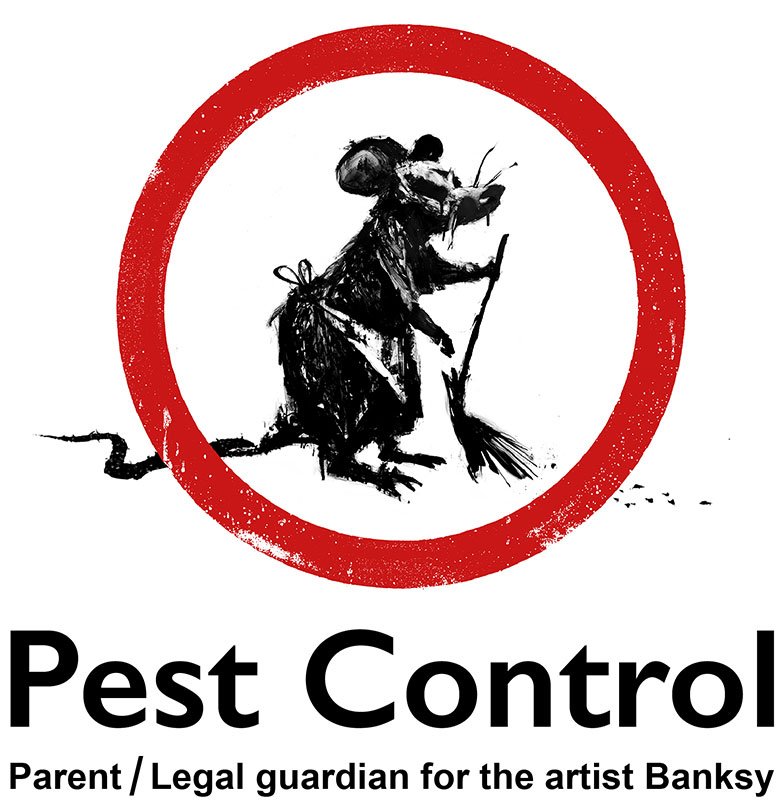Skilled Residential and Commercial Services by Pest Control Lockhart
Skilled Residential and Commercial Services by Pest Control Lockhart
Blog Article
Discovering Infestation and Therapy Techniques in the World of Parasite Control
The landscape of insect control encompasses a myriad of difficulties, particularly as problems of typical household parasites remain to develop. Understanding the habits and reproductive patterns of these nuisances is crucial for creating effective treatment approaches. By incorporating precautionary measures with sophisticated management strategies, such as Integrated Pest Administration (IPM), property owners can much better safeguard their environments. The effectiveness of these approaches might vary substantially based on details situations. What hidden variables add to the success or failure of these approaches in different settings?

Typical Home Pests
When it concerns managing our home, recognizing typical house parasites is vital. These bugs not only disrupt our convenience yet can likewise pose wellness threats and damage residential property. One of the most common house pests consist of ants, cockroaches, rodents, termites, and bed insects.
Ants, usually seen foraging in cooking areas, can pollute food and establish huge nests. Rats, including mice and rats, can create structural damage and bring diseases like hantavirus and salmonella.
Identifying the indications of these parasites, such as droppings, nests, or attack marks, is vital for early treatment (Pest Control Lockhart). Proper hygiene methods, securing entrance factors, and preserving a clutter-free setting are efficient preventative measures. By determining these common family pests and recognizing their behaviors, home owners can take proactive actions to minimize invasions, ensuring a healthier living setting
Understanding Parasite Infestations
Parasite problems can escalate promptly, transforming a minor aggravation into a considerable issue if not resolved quickly. Typical elements contributing to problems consist of bad sanitation, architectural susceptabilities, and seasonal modifications that drive parasites indoors.
Recognizing the kind of bug is vital, as various types show different habits and reproductive rates. As an example, rodents might develop nests in surprise areas while pests like cockroaches flourish in wet environments. Early detection usually depends upon recognizing signs such as droppings, munch marks, or unusual sounds, which can show a problem before it comes to be extreme.
Warm, damp climates can assist in the quick growth of insect populaces, while changes in landscape design or building can unintentionally produce conducive settings. An informed technique to recognizing these dynamics lays the foundation for effective insect monitoring strategies in the future.
Treatment Methods and Strategies
Efficient therapy approaches and techniques are essential for mitigating parasite infestations and restoring a secure setting. A complex strategy is commonly best, incorporating chemical, organic, and mechanical methods customized to the particular redirected here bug and the extent of the invasion.
Chemical treatments include making use of pesticides and herbicides, which can successfully remove bugs. Nevertheless, correct application and adherence to safety standards are critical to decrease threats to human beings and non-target microorganisms. Integrated Insect Monitoring (IPM) urges the judicious use chemicals as a last resource, relying instead on tracking and threshold degrees to determine treatment requirements.
Organic control techniques entail presenting natural predators or parasites to minimize insect populations. This method is increasingly popular, especially in farming setups, as it advertises environmental sustainability.
Mechanical techniques, such as catches and barriers, offer immediate remedy for insects without introducing chemicals. Choices consist of sticky traps for insects or physical barriers for rats.
Inevitably, the selection of treatment method ought to consider the details insect, the setting, and potential impacts on human health and wellness and communities. A well balanced mix of these methods can properly manage problems while advertising long-lasting pest control solutions.
Safety Nets for Residence
Proactively attending to bug problems prior to they rise is vital for maintaining a healthy home atmosphere (Pest Control Lockhart). Executing effective preventative actions can substantially lower the possibility of invasions, ultimately securing both your home and well-being

Correct landscape design also plays a critical duty in prevention. Maintaining hedges and trees cut away from your home minimizes the chances of parasites locating their way inside your home. Make certain that drainage systems are operating efficiently to stop standing water, which can attract in mosquitoes and other pests.
Finally, regular assessments are a good idea. Frequently checking for indications of parasite activity permits for very early treatment. By adopting these safety nets, homeowners can create an atmosphere that is less congenial to insects, therefore boosting their general lifestyle and decreasing the need for comprehensive pest control interventions.
Business Parasite Control Strategies
An extensive strategy to commercial insect control is important for companies intending to keep a risk-free and sanitary setting. Effective techniques involve a mix of routine assessments, worker training, and the execution of Integrated Pest Administration (IPM) practices.
Routine inspections allow early detection of parasite task, enabling prompt intervention. Organizations ought to develop a regular schedule for these assessments, concentrating on risky areas such as kitchens, storeroom, and waste disposal websites. Worker training is equally crucial; staff needs to be informed on the indicators of insect infestations and the significance of reporting them instantly.
Applying IPM techniques helps mitigate insect concerns sustainably. This consists of environment modification, such as sealing entry points and decreasing mess, as well as utilizing natural deterrents prior to considering chemical therapies.

Additionally, collaborating with a certified bug control supplier makes certain accessibility to specialist expertise and advanced therapy alternatives. This partnership can bring about customized bug control intends customized to the specific demands of the organization, decreasing risks and enhancing overall efficiency. Ultimately, an aggressive and informed strategy cultivates a pest-free atmosphere, protecting both public wellness and company credibility.
Conclusion
In conclusion, efficient parasite control necessitates a detailed understanding of typical home parasites and their here are the findings behaviors, combined with targeted treatment approaches. Executing preventive procedures along with treatment approaches such as Integrated Insect Administration and organic control improves the capability to reduce problems.
Report this page